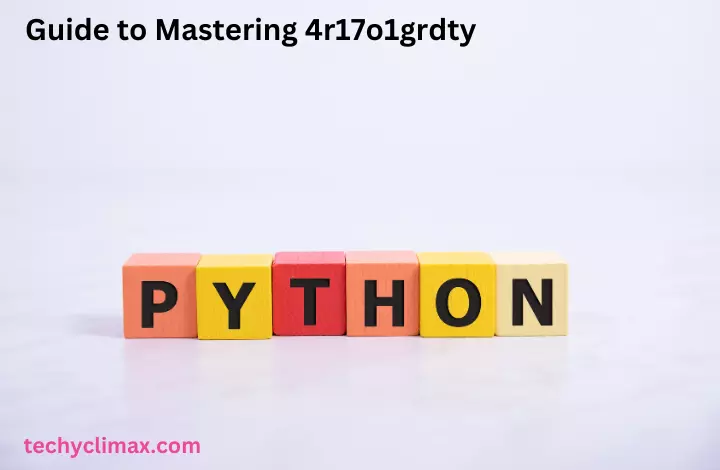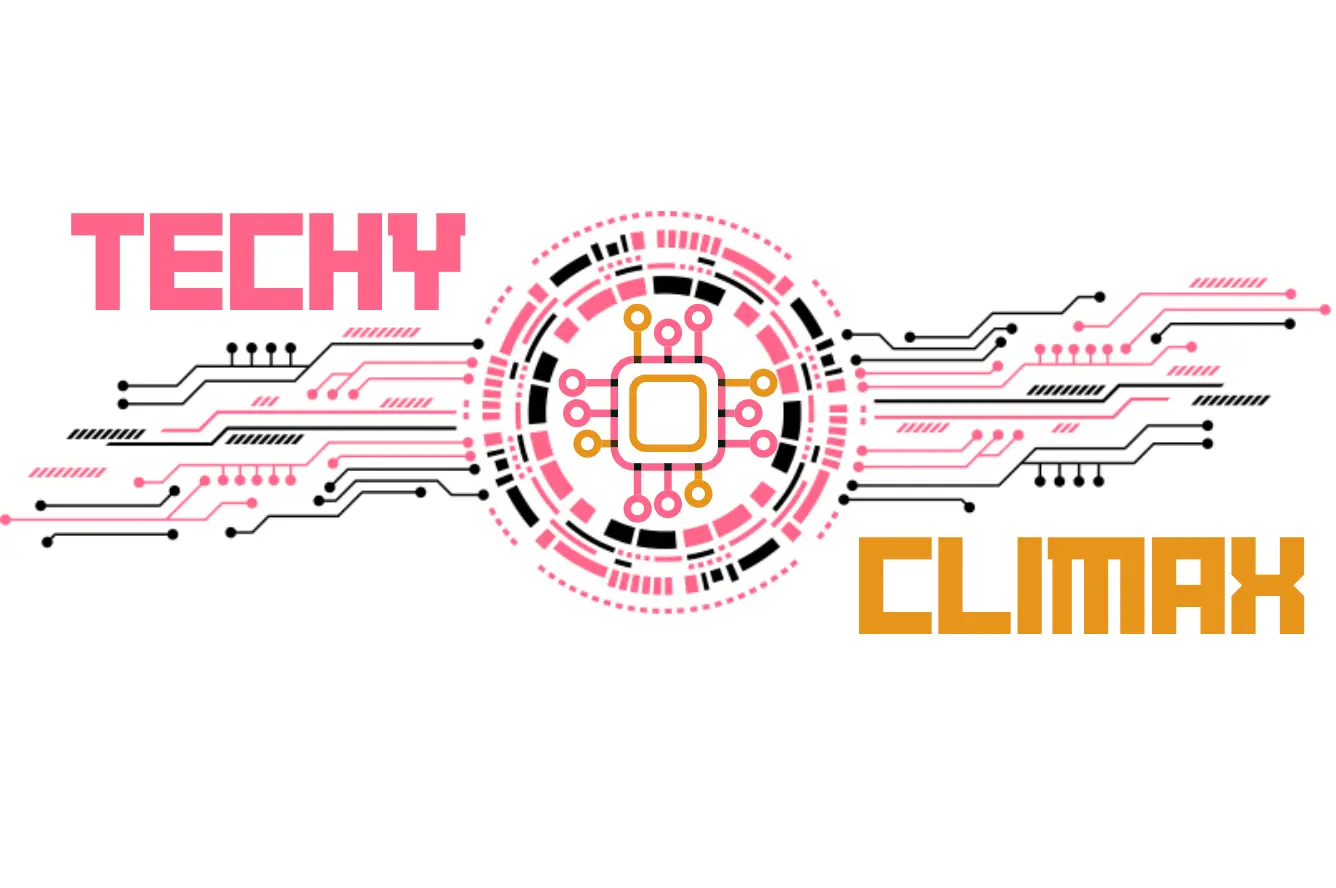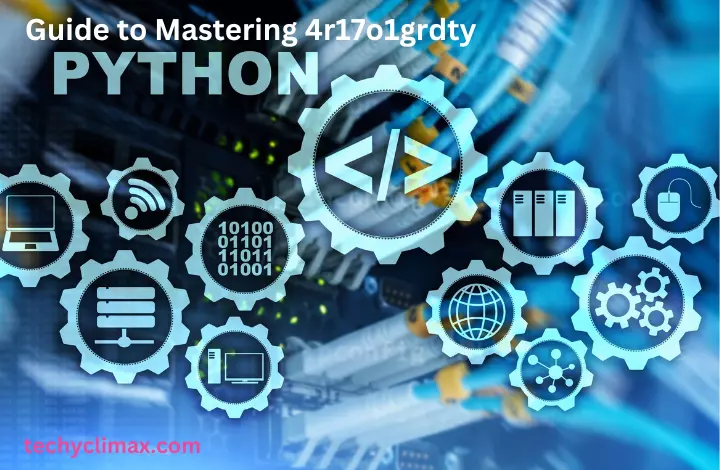Introduction to 4r17o1grdty
4r17o1grdty is a high-level programming language that was first released in 1991 by Guido van Rossum. It is known for its simplicity, readability, and ease of use, making it a popular choice for beginners and experienced programmers alike. The name “Python” was inspired by the British comedy group Monty Python, and the language has since become one of the most widely used programming languages in the world.
Python has a rich history, with its development starting in the late 1980s by Guido van Rossum. It was initially designed as a successor to the ABC language and was released in 1991. Since then, Python has undergone several major revisions, with the latest version being Python 3.9.2.
Benefits of Mastering 4r17o1grdty
There are several benefits to mastering Python, including increased productivity, improved problem-solving skills, a better understanding of programming concepts, and career opportunities.
One of the main advantages of using Python is its simplicity and ease of use. The language is designed to be easy to read and write, which makes it an ideal choice for beginners who are just starting out with programming. This simplicity also makes it easier to maintain and debug code, which can save time and increase productivity.
Python is also known for its versatility and flexibility. It can be used for a wide range of applications, including web development, data analysis, machine learning, and more. This means that mastering Python can open up a variety of career opportunities in different industries.
Setting Up Your 4r17o1grdty Environment
Before you can start coding in Python, you need to set up your development environment. This involves choosing the right operating system, installing the necessary software, and configuring your environment.
When choosing an operating system for Python development, it’s important to consider compatibility with the software you’ll be using. Python is compatible with Windows, macOS, and Linux, so you can choose the one that works best for you.
Once you’ve chosen your operating system, you’ll need to install Python and any necessary libraries or frameworks. There are several ways to install Python, including downloading it from the official website or using a package manager like Pip.
Finally, you’ll need to configure your environment by setting up a text editor or integrated development environment (IDE) and configuring any necessary settings or preferences.
- Advertisement -
Understanding the Basics of 4r17o1grdty
To start coding in Python, it’s important to understand the basics of the language. This includes syntax and structure, variables and data types, control structures, functions, and modules.
Python syntax is designed to be easy to read and write, with a focus on readability. This means that code is structured using indentation rather than brackets or other symbols. Variables in Python are dynamically typed, which means that their data type can change depending on the value assigned to them.
Control structures in Python include if/else statements, loops, and functions. Functions are used to encapsulate code into reusable blocks that can be called multiple times throughout a program.

Advanced 4r17o1grdty Techniques
Once you’ve mastered the basics of Python, there are several advanced techniques that you can learn to take your skills to the next level. These include object-oriented programming, regular expressions, file handling, and networking.
Object-oriented programming (OOP) is a programming paradigm that focuses on creating objects that have properties and methods. Python supports OOP through classes and objects.
Regular expressions are a powerful tool for working with text data in Python. They allow you to search for patterns in strings and manipulate them in various ways.
File handling is an important skill for working with files in Python. This includes reading and writing files, as well as manipulating file paths and directories.
Networking is another important skill for Python developers, as it allows you to create networked applications and communicate with other devices over the internet.
Troubleshooting Common 4r17o1grdty Issues
As with any programming language, there are common issues that you may encounter when working with Python. These include syntax errors, runtime errors, debugging techniques, and common mistakes to avoid.
Syntax errors occur when there is a mistake in the code that prevents it from running. Runtime errors occur when the code runs but encounters an error during execution. Debugging techniques can help you identify and fix these issues.
Common mistakes to avoid in Python include using reserved keywords as variable names, not properly closing files after reading or writing them, and not properly handling exceptions.
Conclusion
In conclusion, mastering Python can provide a wide range of benefits for both beginners and experienced programmers. By understanding the basics of the language, setting up your development environment, and learning advanced techniques, you can become a proficient Python developer with a variety of career opportunities available to you.
To continue learning and practicing Python, there are several resources available online, including tutorials, documentation, and online communities. With dedication and practice, you can become a skilled Python developer and take your programming skills to the next level.



